masked-upscaler
Maintainer: prakharsaxena24

4
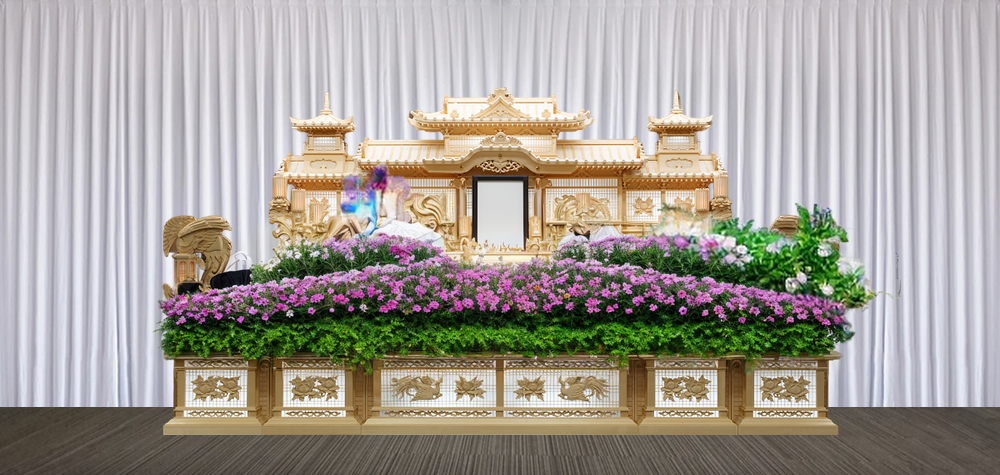
| Property | Value |
|---|---|
| Run this model | Run on Replicate |
| API spec | View on Replicate |
| Github link | No Github link provided |
| Paper link | No paper link provided |
Create account to get full access
Model overview
masked-upscaler is an AI model that can selectively upscale and add details to specific areas of an image. It is similar to other upscaler models like upscaler-pro, upscaler, multidiffusion-upscaler, and clarity-upscaler created by prakharsaxena24. These models aim to enhance the resolution and detail of images, often focusing on specific areas rather than upscaling the entire image uniformly.
Model inputs and outputs
The masked-upscaler model takes several inputs to guide the upscaling and detailing process. These include the original input image, a mask to select the areas to be upscaled, a seed value for reproducibility, and a prompt to control the style and content of the output.
Inputs
- Image: The input image to be upscaled and detailed.
- Mask: A mask image that specifies the areas of the input to be upscaled.
- Seed: A numerical seed value to ensure reproducible results.
- Prompt: A text prompt that guides the style and content of the upscaled output.
- Scale Factor: The factor by which the image should be scaled up.
- Num Inference Steps: The number of steps to perform during the upscaling process.
Outputs
- Upscaled Image: The final output image with the selected areas upscaled and detailed.
Capabilities
The masked-upscaler model can selectively enhance specific regions of an image, while leaving the rest of the image unchanged. This can be useful for tasks like portrait editing, where you may want to sharpen and add detail to a person's face while preserving the background.
What can I use it for?
You can use the masked-upscaler model to improve the quality and detail of your images, particularly in areas of interest. This could be helpful for creative projects, content creation, or even professional photo editing workflows. By focusing the upscaling on specific regions, you can achieve more natural-looking results compared to uniformly upscaling the entire image.
Things to try
One interesting aspect of the masked-upscaler model is the ability to use different prompts to control the style and appearance of the upscaled regions. You can experiment with prompts that emphasize details, realism, or artistic flair to see how they affect the output. Additionally, you can try using different mask shapes and sizes to target specific areas of interest within your images.
This summary was produced with help from an AI and may contain inaccuracies - check out the links to read the original source documents!
Related Models
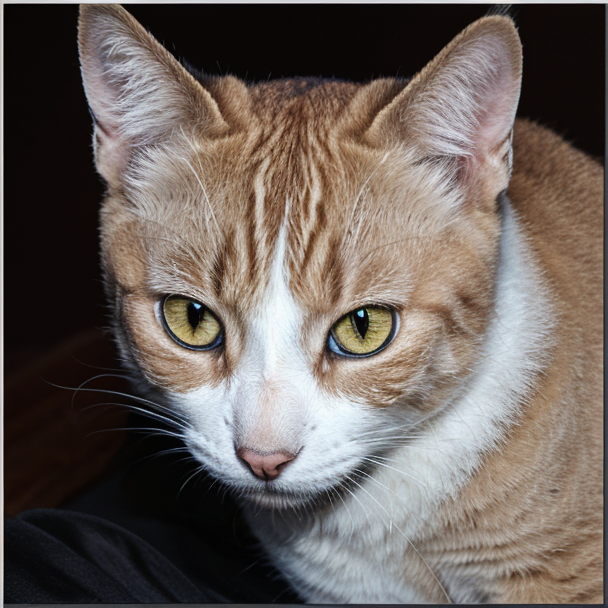
upscaler-pro

25
The upscaler-pro is an AI model for photorealistic image ultra-resolution, restoration, and upscaling. It is maintained by mserro and is similar to other upscaler models like upscaler, codeformer, multidiffusion-upscaler, some-upscalers, and clarity-upscaler. These models aim to improve the quality and resolution of images through various techniques. Model inputs and outputs The upscaler-pro model takes several inputs to control the upscaling process, including an image, a prompt, and various parameters like scale factor, creativity, and resemblance. It then outputs one or more upscaled images. Inputs Image**: The input image to be upscaled Prompt**: A text prompt to guide the upscaling process Seed**: A random seed value, which can be used to ensure reproducible results Dynamic**: A parameter that controls HDR-like effects Creativity**: A parameter that adjusts the creativity of the upscaling Resemblance**: A parameter that controls how closely the upscaled image resembles the input Scale Factor**: The factor by which the image should be upscaled Tiling Width/Height**: Parameters that control the fractality of the upscaling Num Inference Steps**: The number of denoising steps to use during the upscaling process Downscaling**: A option to downscale the input image before upscaling, which can improve quality and speed Sharpen**: A parameter to control the amount of sharpening applied to the upscaled image Handfix**: An option to use clarity to fix hands in the image Outputs One or more upscaled images in the specified output format (e.g., PNG) Capabilities The upscaler-pro model can be used to significantly improve the resolution and quality of images, while preserving important details and features. It can handle a variety of image types and styles, and offers a high degree of customization through its various input parameters. What can I use it for? You can use the upscaler-pro model to enhance the quality of your images for a variety of applications, such as digital art, photography, product design, and more. The ability to control parameters like creativity and resemblance can be particularly useful for creating high-quality, photorealistic images. Additionally, the downscaling and sharpening options can be helpful for optimizing images for different use cases, such as web or print. Things to try Consider experimenting with different combinations of input parameters to achieve the desired look and feel for your upscaled images. For example, you could try adjusting the scale factor, creativity, and resemblance to create a range of stylized effects. You could also explore the impact of the downscaling and sharpening options on the final output.
Updated Invalid Date
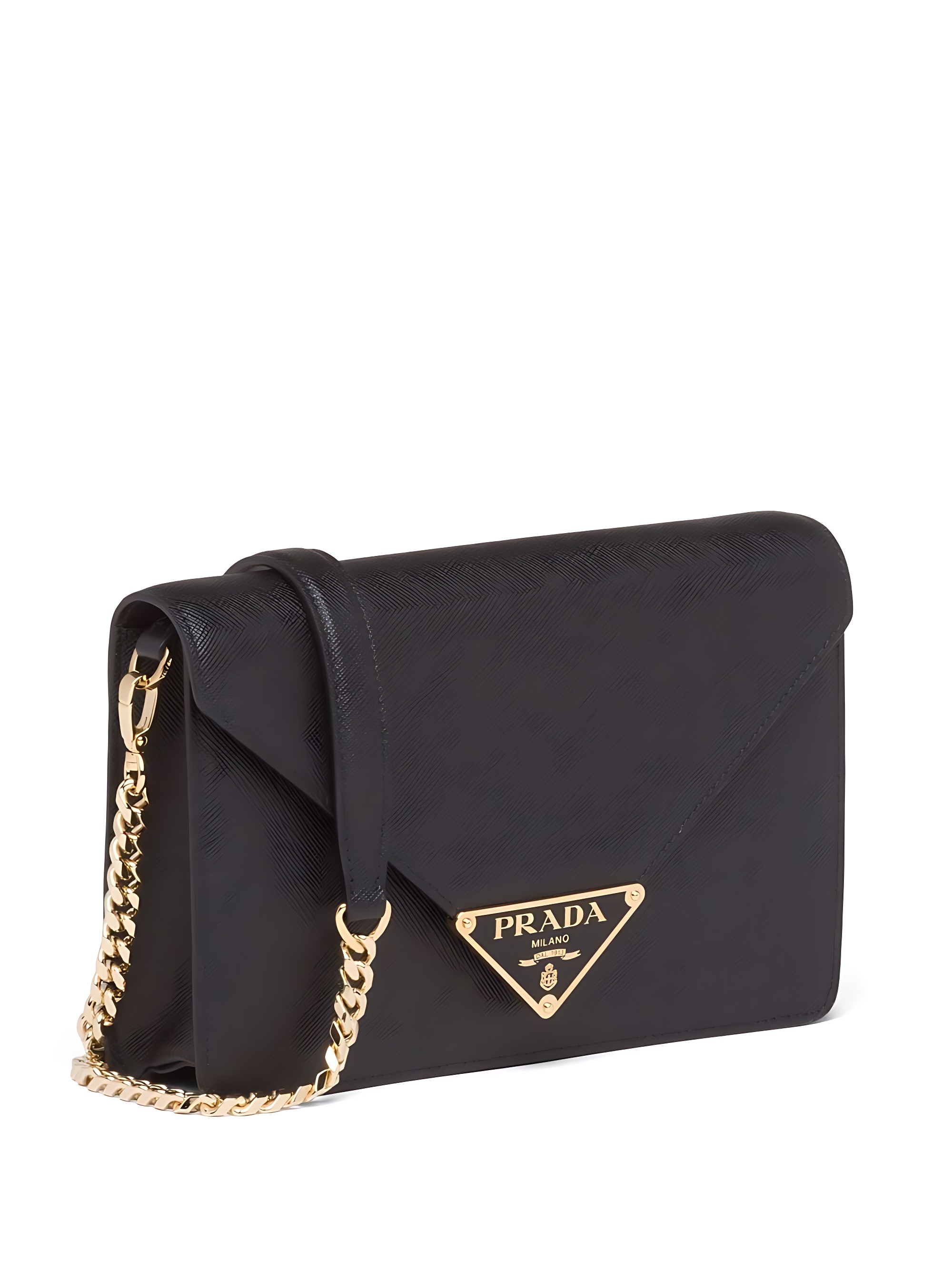
upscaler

22
The upscaler model aims to develop practical algorithms for real-world face restoration. It is similar to other face restoration models like GFPGAN and facerestoration, which focus on restoring old photos or AI-generated faces. The upscaler model can also be compared to Real-ESRGAN, which offers high-quality image upscaling and enhancement. Model inputs and outputs The upscaler model takes an image as input and can scale it up by a factor of up to 10. It also has an option to enable face enhancement. The output is a scaled and enhanced image. Inputs Image**: The input image to be upscaled and enhanced Scale**: The factor to scale the image by, up to 10 Face Enhance**: A boolean to enable face enhancement Outputs Output**: The scaled and enhanced image Capabilities The upscaler model can effectively scale and enhance images, particularly those with faces. It can improve the quality of low-resolution or blurry images, making them clearer and more detailed. What can I use it for? The upscaler model can be useful for a variety of applications, such as enhancing old photos, improving the quality of AI-generated images, or upscaling low-resolution images for use in presentations or marketing materials. It could also be integrated into photo editing workflows or used to create high-quality images for social media or digital content. Things to try Try experimenting with different scale factors and face enhancement settings to see how they impact the output. You could also try using the upscaler model in combination with other image processing tools or AI models, such as those for image segmentation or object detection, to create more advanced image processing pipelines.
Updated Invalid Date
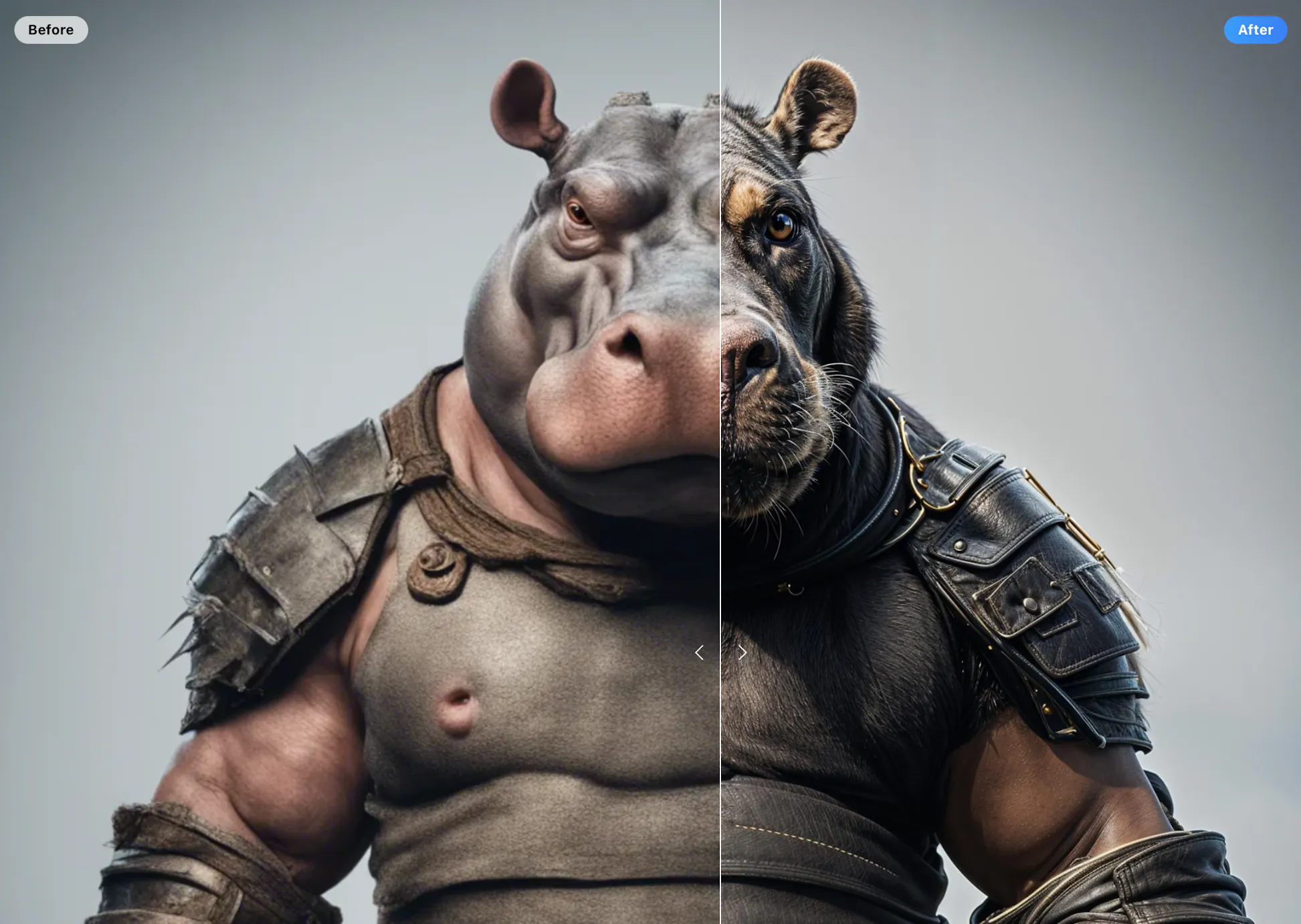
multidiffusion-upscaler

9
The multidiffusion-upscaler is a high-resolution image upscaler and enhancer created by Replicate user philz1337x. It is similar to models like the clarity-upscaler, style-transfer, and real-esrgan which also focus on image upscaling and enhancement. The model is designed to produce high-quality, detailed images from lower-resolution inputs. Model inputs and outputs The multidiffusion-upscaler takes in an image, along with various parameters like seed, width, height, prompts, and control net settings. It then outputs one or more upscaled and enhanced images based on the input. The model can handle a variety of input image types and sizes, and the output resolution can be adjusted as needed. Inputs Image**: The input image to be upscaled and enhanced Seed**: A random seed value to control the output Width/Height**: The desired output image dimensions Prompt**: A text prompt to guide the image generation SD VAE, SD Model, Scheduler, Controlnet settings**: Various model checkpoint and configuration settings Outputs Output Image(s)**: One or more upscaled and enhanced versions of the input image Capabilities The multidiffusion-upscaler is capable of producing high-quality, detailed images from lower-resolution inputs. It can effectively enlarge and sharpen images while preserving important details and features. The model also allows for fine-tuning of the output through prompts and control net settings, enabling users to customize the style and content of the generated images. What can I use it for? The multidiffusion-upscaler can be useful for a variety of applications, such as: Enhancing low-resolution images for use in presentations, publications, or websites Upscaling and improving the quality of images for social media or e-commerce Generating high-quality images for use in creative projects, such as digital art or visual design Experimenting with different prompts and control net settings to explore the creative potential of the model Users can leverage the clarity-upscaler or style-transfer models in conjunction with the multidiffusion-upscaler to further enhance and refine their image outputs. Things to try One interesting aspect of the multidiffusion-upscaler is its use of tiled diffusion, which allows for efficient processing of large images. Users can experiment with the various tiled diffusion settings, such as tile size and overlap, to find the optimal balance between speed and output quality. Additionally, the model's integration with control net technology provides opportunities for users to explore how different control net models and configurations can impact the final image. Experimenting with different control net settings, such as the control mode and guidance, can lead to unique and unexpected results.
Updated Invalid Date
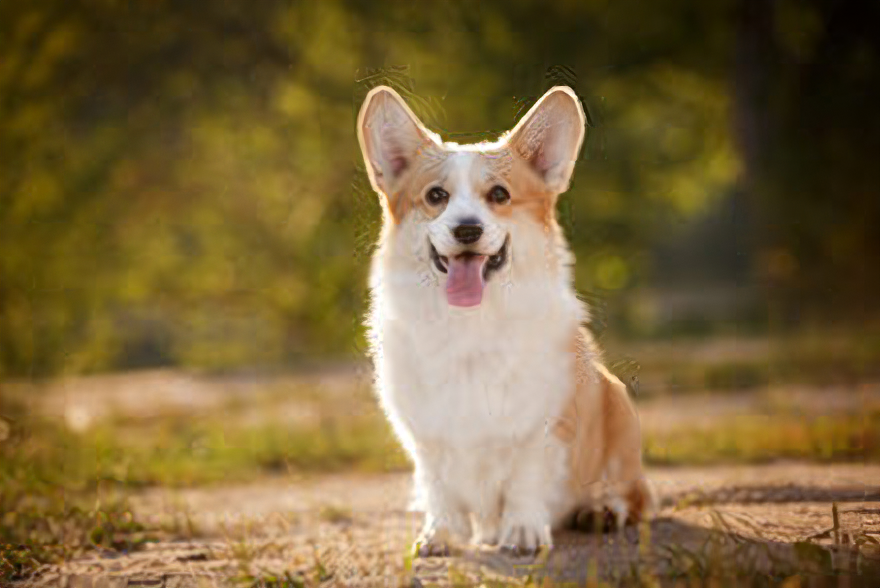
some-upscalers

21
The some-upscalers model is a collection of 4x ESRGAN upscalers, which are deep learning models designed to enhance the resolution and quality of images. These upscalers were pulled from the Upscale.wiki Model Database and implemented using Cog, a platform for deploying machine learning models as APIs. The model was created by daanelson, who has also developed other AI models like real-esrgan-a100 and real-esrgan-video. Model inputs and outputs The some-upscalers model takes an input image and an optional choice of the specific upscaler model to use. The available models include 4x_UniversalUpscalerV2-Neutral_115000_swaG, which is the default. The model outputs an upscaled version of the input image. Inputs image**: The input image to be upscaled, provided as a URI. model_name**: The specific upscaler model to use for the upscaling, with the default being 4x_UniversalUpscalerV2-Neutral_115000_swaG. Outputs Output**: The upscaled version of the input image, provided as a URI. Capabilities The some-upscalers model can effectively enhance the resolution and quality of input images by a factor of 4x. It can be used to improve the visual clarity and detail of various types of images, such as photographs, illustrations, and digital art. What can I use it for? The some-upscalers model can be useful for a variety of applications, such as: Enhancing the quality of low-resolution images for use in presentations, publications, or social media. Improving the visual clarity of images used in graphic design, web design, or video production. Upscaling and enhancing the resolution of historical or archival images for preservation and digital archiving purposes. Things to try Experiment with the different upscaler models available in the some-upscalers collection to see which one works best for your specific needs. Try upscaling images with varying levels of complexity, such as detailed landscapes, portraits, or digital art, to see how the model performs. You can also try combining the some-upscalers model with other image processing techniques, such as style transfer or color correction, to achieve unique and compelling visual effects.
Updated Invalid Date